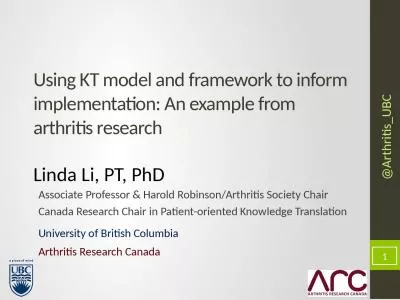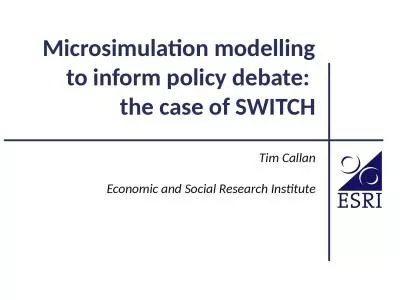PPT-Using Research to Inform Policy and Practice
Author : giovanna-bartolotta | Published Date : 2019-11-20
Using Research to Inform Policy and Practice Samantha Crane Valerie Bradley Julie Bershadsky Stephanie Giordano NCIDD and NCIAD National Overview How did NCI Begin
Presentation Embed Code
Download Presentation
Download Presentation The PPT/PDF document "Using Research to Inform Policy and Prac..." is the property of its rightful owner. Permission is granted to download and print the materials on this website for personal, non-commercial use only, and to display it on your personal computer provided you do not modify the materials and that you retain all copyright notices contained in the materials. By downloading content from our website, you accept the terms of this agreement.
Using Research to Inform Policy and Practice: Transcript
Download Rules Of Document
"Using Research to Inform Policy and Practice"The content belongs to its owner. You may download and print it for personal use, without modification, and keep all copyright notices. By downloading, you agree to these terms.
Related Documents














